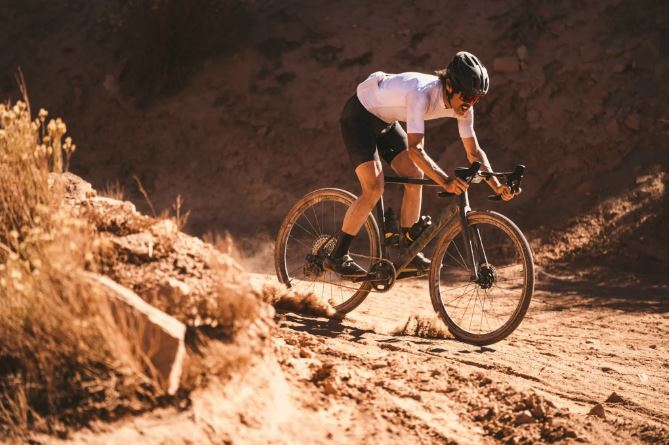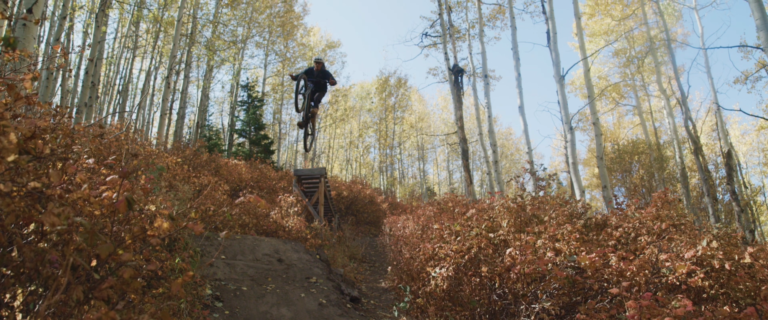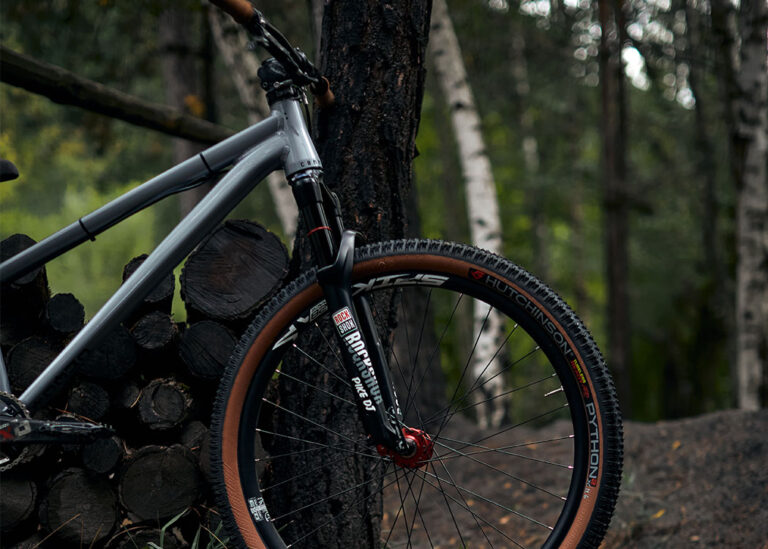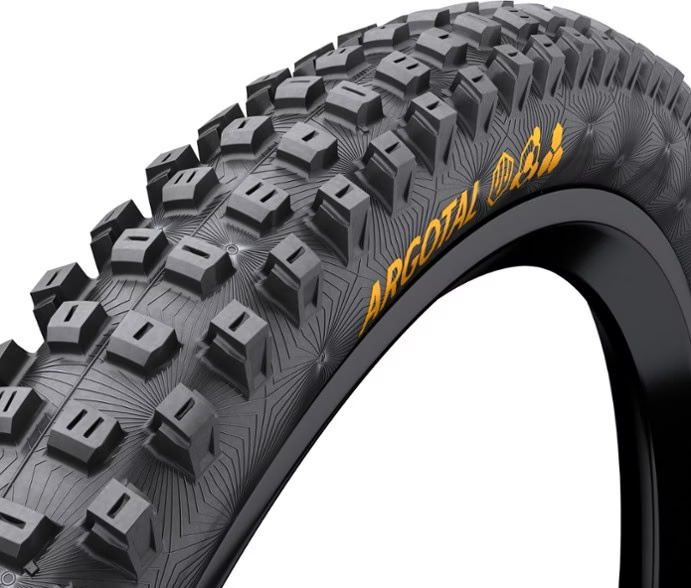Balancing Act: The Importance of Bike Weight in Enduro Racing
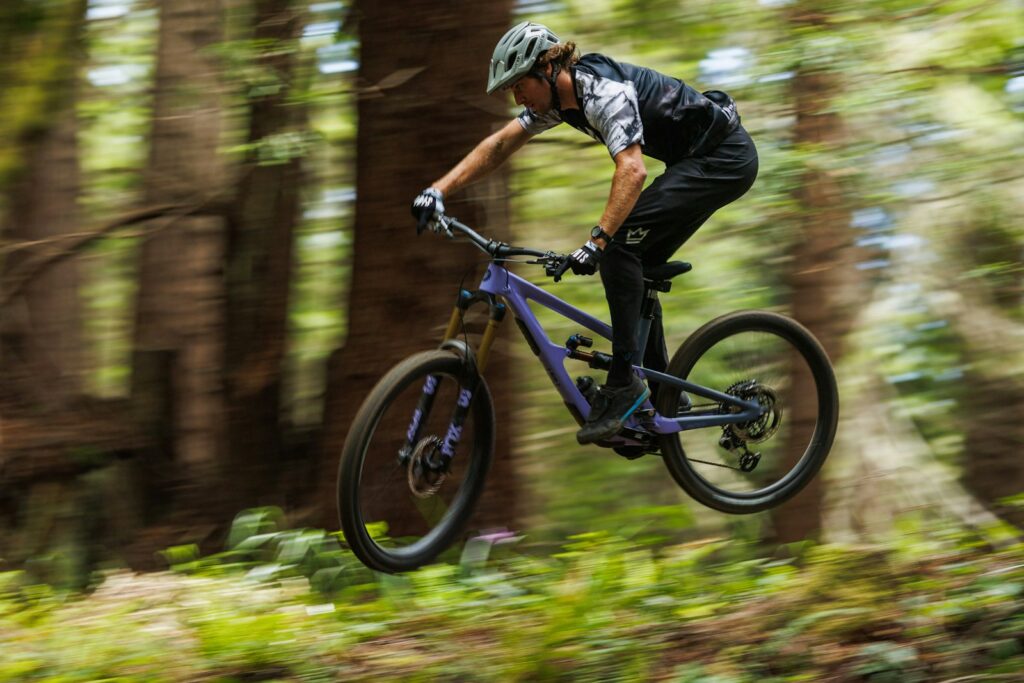
Key Point Summary of The Importance of Bike Weight in Enduro Racing:
- Bike Weight Affects Performance: Lighter bikes can improve climbing efficiency, make handling more nimble, and reduce rider fatigue over long distances.
- Trade-offs Are Inevitable: Pursuing the lightest setup can sometimes compromise durability and your wallet’s health. Balance is key.
- Technological Advances: Modern materials and design innovations have made bikes lighter without sacrificing strength.
- Personalization Is Crucial: Tailor your bike’s weight to your riding style, the race’s specific demands, and your personal strengths and weaknesses.
As a masters cyclist who’s delved into the thrills of mountain biking, gravel grinding, and cyclocross racing, I’ve gathered a wealth of knowledge and experiences—some learned the hard way—about what it takes to perform at your best, regardless of the discipline. But today, I want to zero in on a topic that’s sparked endless debates at trailheads, bike shops, and online forums: the importance of bike weight in enduro racing. Let’s dive into why those grams and pounds can really make a difference, especially when you’re pushing your limits on varied and challenging terrains.
Enduro racing, with its unique mix of high-speed descents, technical challenges, and occasional lung-busting climbs, demands not just skill and guts but also a finely tuned machine. In the quest for the optimal setup, one question often looms large: how important is bike weight?
Performance on the Climb
Let me tell you, there’s nothing quite like the feeling of a nimble, lightweight bike when you’re facing a steep, technical climb in the middle of a race. The reduced weight feels like chains being lifted off your shoulders, allowing you to maintain a quicker pace and save precious energy. Enduro isn’t just about the descents; those climbs can be just as competitive, and a lighter bike can be a significant ally.
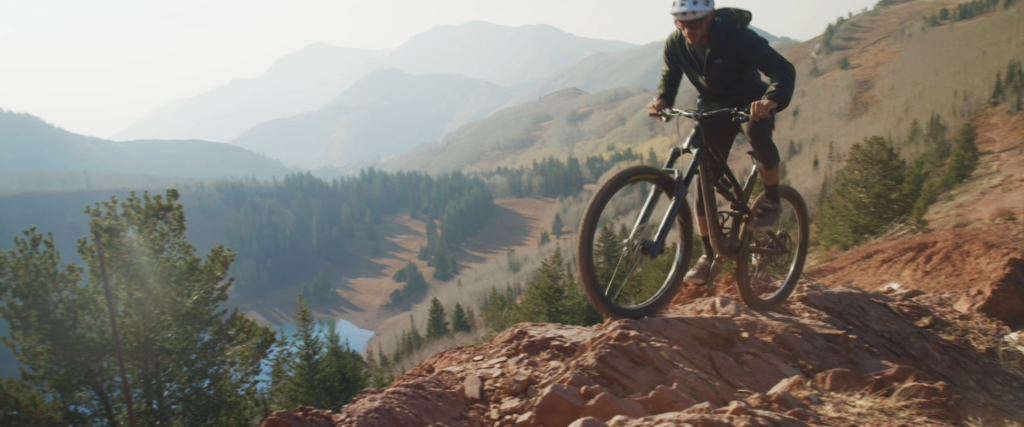
Handling and Agility
But it’s not just about the climbs. A lighter bike can transform how you handle technical sections and switchbacks. On one of my earlier gravel bikes, I found myself wrestling with the bike on tighter trails, which was both exhausting and slow. After switching to a lighter setup, the difference was night and day. The bike felt more responsive, allowing me to maneuver through technical sections with greater ease and confidence.
The Durability Trade-off
However, it’s not all sunshine and rainbows. In pursuit of weight savings, you might end up compromising on durability. I learned this the hard way when a lightweight carbon component gave out on me during a particularly rough cyclocross race. It was a stark reminder that the lightest option isn’t always the best, especially in a sport as demanding as enduro. It’s crucial to find a balance between weight and reliability.
The Cost Factor
And then there’s the cost. Let’s be real; weight savings often come with a hefty price tag. During my years of racing, I’ve seen plenty of fellow cyclists (myself included) get caught up in the weight weenie craze, only to find our wallets significantly lighter as well. It’s important to weigh (pun intended) the benefits against the cost, especially since the performance gains from shedding a few grams can sometimes be marginal at best.
Technological Advances
Thankfully, advancements in materials and engineering have brought us to a point where you don’t have to sacrifice durability for weight as much as in the past. Modern carbon composites, cleverly engineered alloys, and component designs have allowed bikes to shed weight while remaining tough enough to handle the rigors of enduro racing. This progression means that the weight we once thought was necessary for strength can now be reconsidered, opening up new possibilities for bike design and performance.
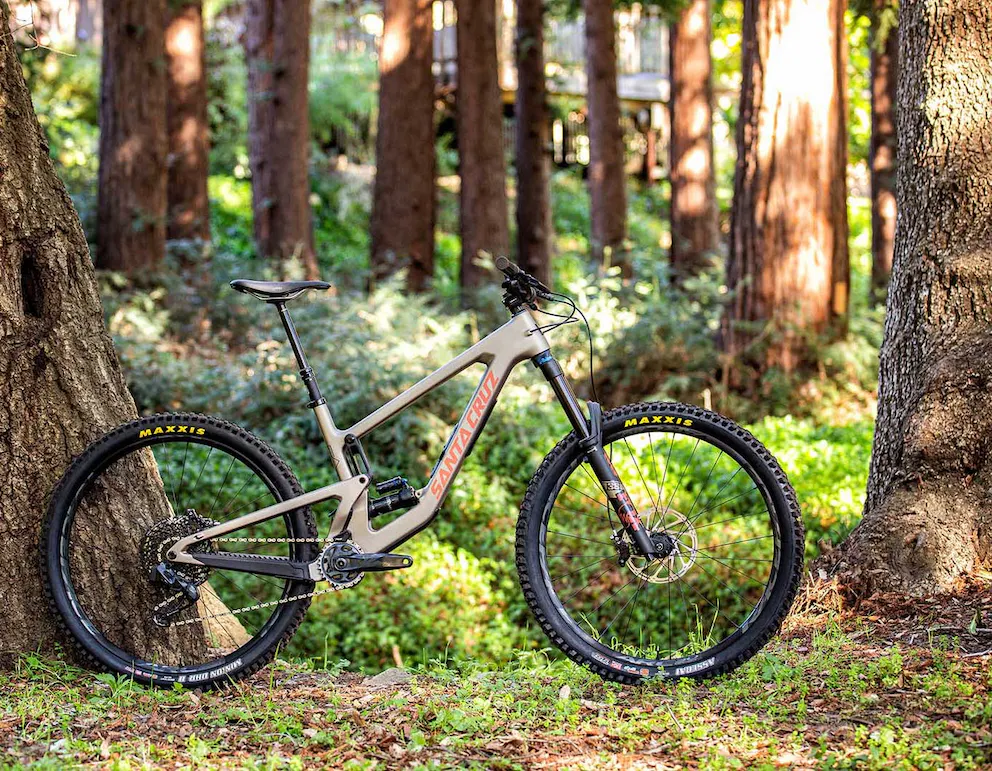
Tailoring Your Setup
Perhaps the most crucial lesson I’ve learned is the importance of personalizing your setup. A bike that’s perfect for one rider might not work for another. Your weight, strength, riding style, and the specific demands of the race all play a role in determining the ideal bike setup. For example, I’ve found that I prefer a slightly heavier bike on more technical courses, as it provides a sense of stability and confidence on rough descents.
The Importance of Bike Weight in Enduro Racing: Final Thoughts
In the end, the importance of bike weight in enduro racing boils down to finding the right balance for you. It’s about making informed choices that enhance your strengths and mitigate your weaknesses. Yes, a lighter bike can offer tangible benefits in terms of performance and handling. Still, it’s essential to consider the trade-offs in durability and cost, and to remember that the most significant weight savings often come from the rider, not the bike.
So, to my fellow cyclists, whether you’re just starting out or you’ve got a few races under your belt, take the time to experiment and find what works best for you. And remember, the joy of riding, the thrill of the race, and the camaraderie among riders are what truly make enduro racing special. Keep those at the forefront, and you’ll always find yourself on the right track, no matter what bike you’re on.
A Closer Look to Enduro Contender
Salsa Cycles, known for their adventure and gravel bikes, also offers models that can handle the rigors of enduro-style riding, particularly for riders who value versatility and the ability to take on a mix of terrain, including backcountry adventures where enduro elements come into play.
One of their bikes that stands out for its robustness and ability to handle challenging trails is the Salsa Blackthorn. The Blackthorn is designed as an all-mountain bike, which shares many characteristics with enduro bikes, such as a strong frame, long travel, and geometry optimized for descending fast and tackling technical terrain. While not labeled explicitly as an enduro bike by Salsa, the Blackthorn’s capabilities align closely with what enduro racers look for a bike that can ascend with efficiency but really shines when pointed downhill.
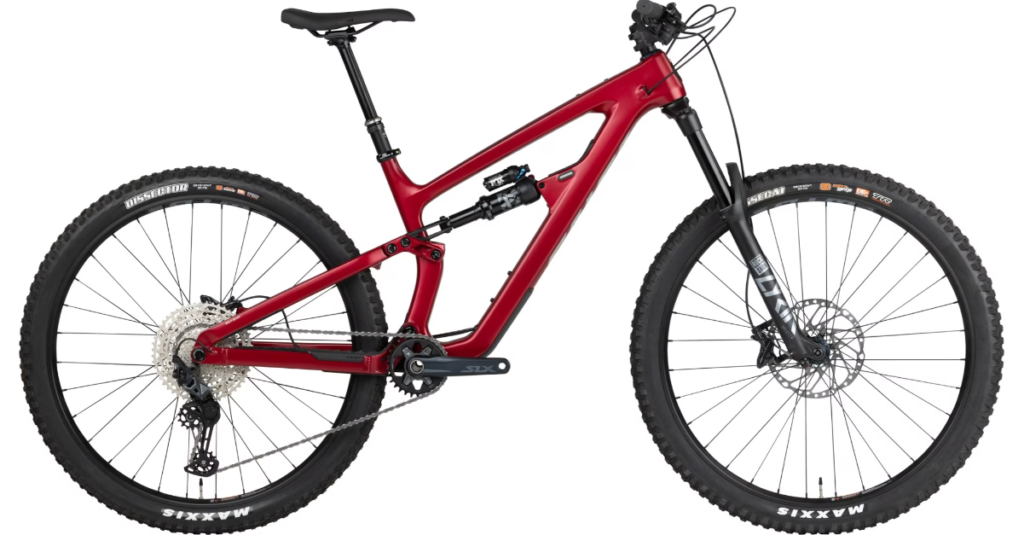
The Blackthorn features a Split Pivot suspension design, which aids in separating braking and pedaling forces for improved efficiency and control, particularly important in enduro racing scenarios where varied terrain demands both. With 145mm of rear travel and the ability to run up to 160mm forks, it’s geared towards handling rough trails, big drops, and high speeds with confidence.
The trade-off with the Salsa Blackthorn, as with many bikes designed to excel in specific aspects of riding, is that it might not be the lightest option available. Its focus on durability and control on descents means it carries some extra weight, which could be a factor for riders who prioritize climbing speed or those looking for a bike with the nimble feel of a lighter cross-country model. Additionally, like many high-quality mountain bikes built for durability and performance, the Blackthorn comes with a price tag that reflects its capabilities and the technology behind its design.
In summary, while Salsa might not be the first brand that comes to mind for enduro racing specifically, models like the Blackthorn offer a compelling option for riders who value versatility and the ability to tackle a wide range of terrain, including the demanding conditions found in enduro races. It’s a testament to Salsa’s commitment to creating bikes that inspire adventure and resilience on the trails, with a design philosophy that can cater well to the enduro racer’s needs.

FAQ
How heavy should an enduro bike be?
An enduro bike typically weighs between 30 to 35 pounds (13.6 to 15.9 kg), offering a balance between durability and maneuverability.
Why is bike weight important?
Bike weight impacts climbing efficiency, acceleration, handling, and rider fatigue, making it a crucial factor in performance and enjoyment.
Does weight matter for a trail bike?
Yes, weight matters for a trail bike as it affects the bike’s agility, ease of climbing, and overall handling on diverse terrain.
Are enduro bikes heavier than trail bikes?
Yes, enduro bikes are generally heavier than trail bikes due to their stronger, more durable frames and components designed for aggressive riding and longer descents.
Happy trails!
John

